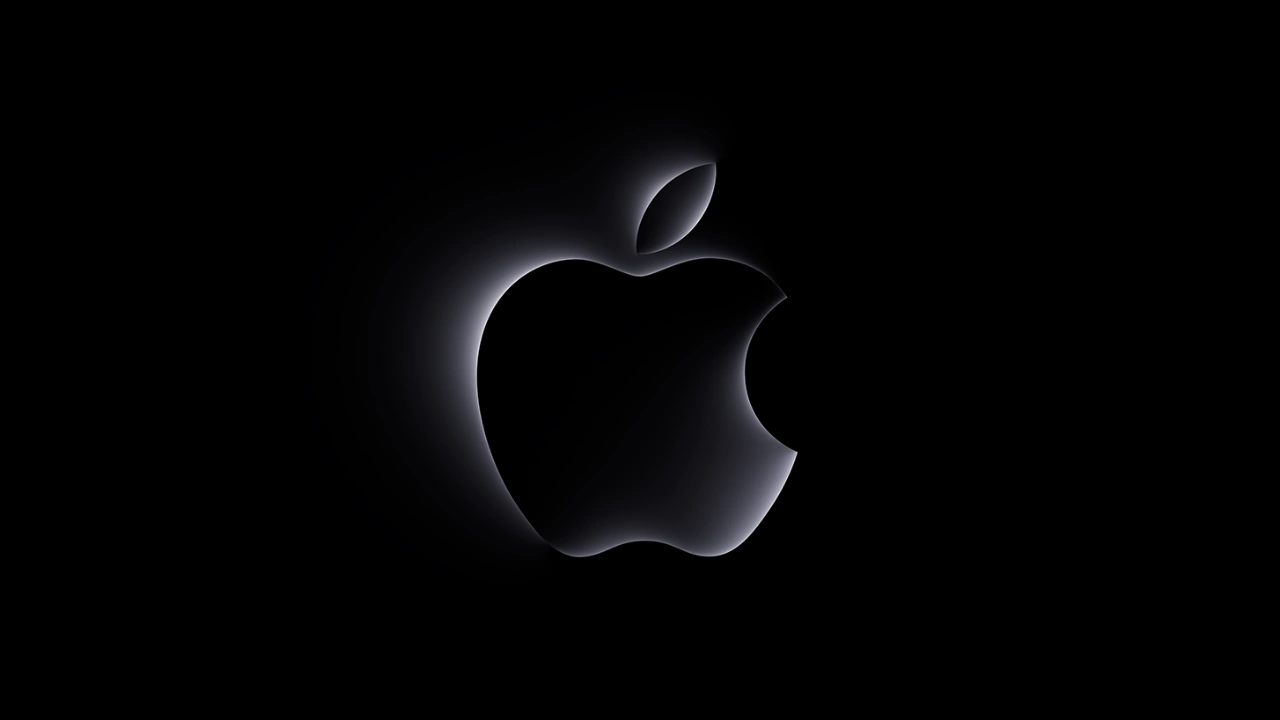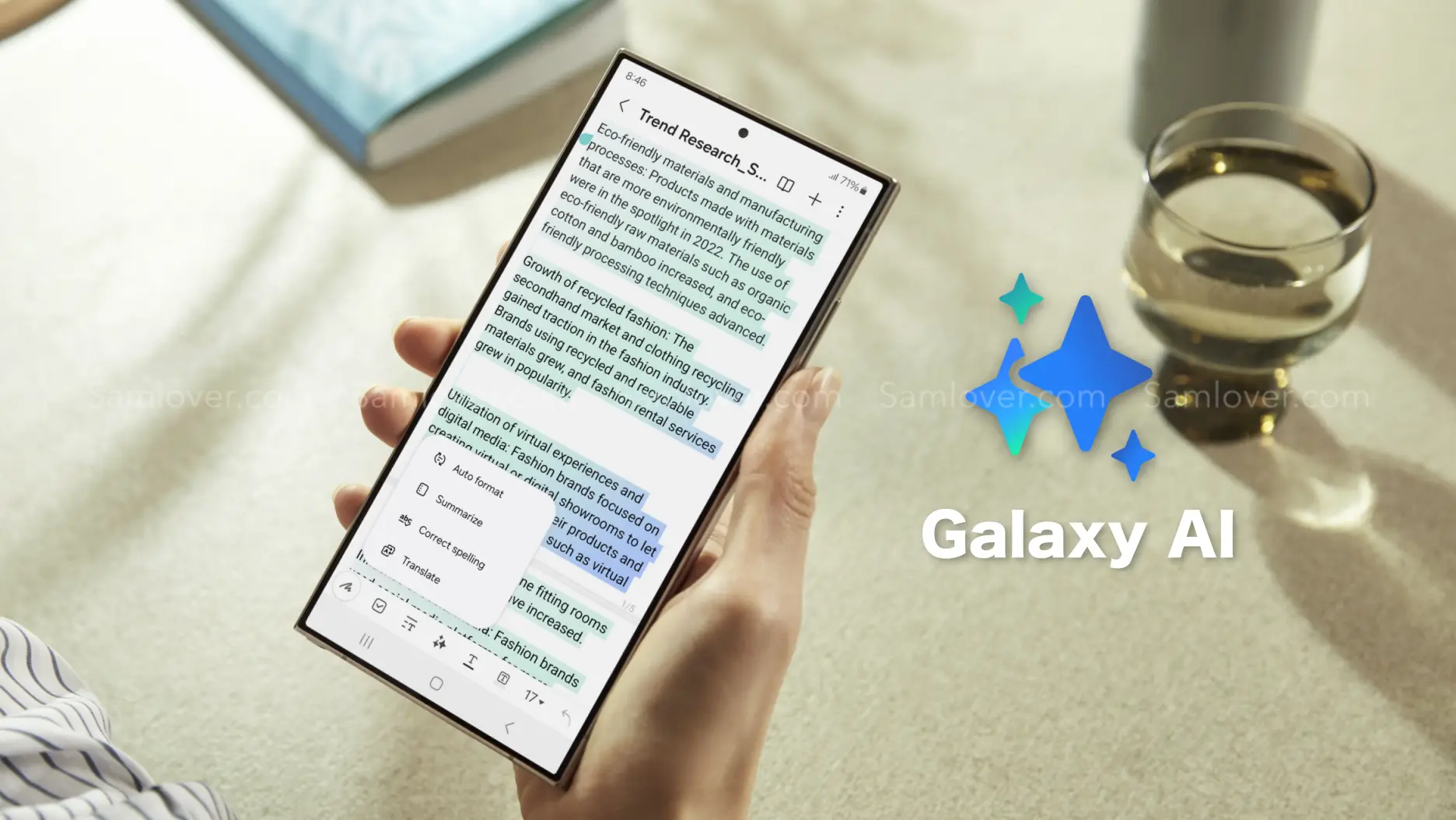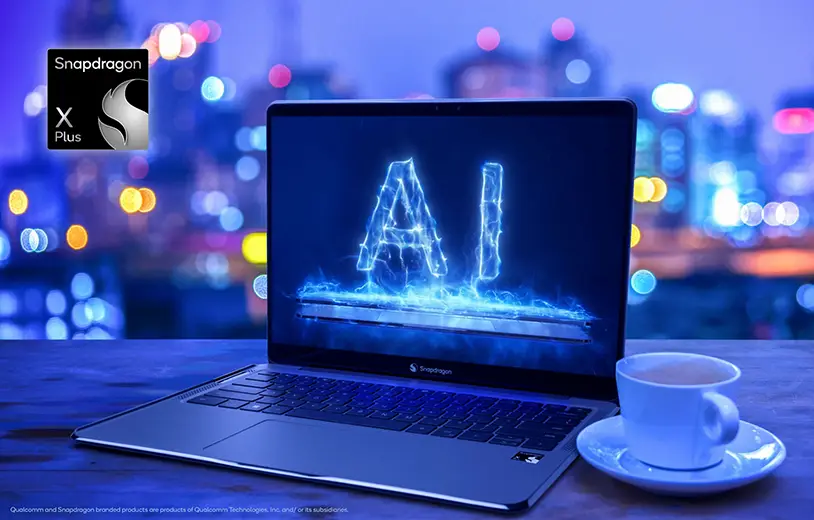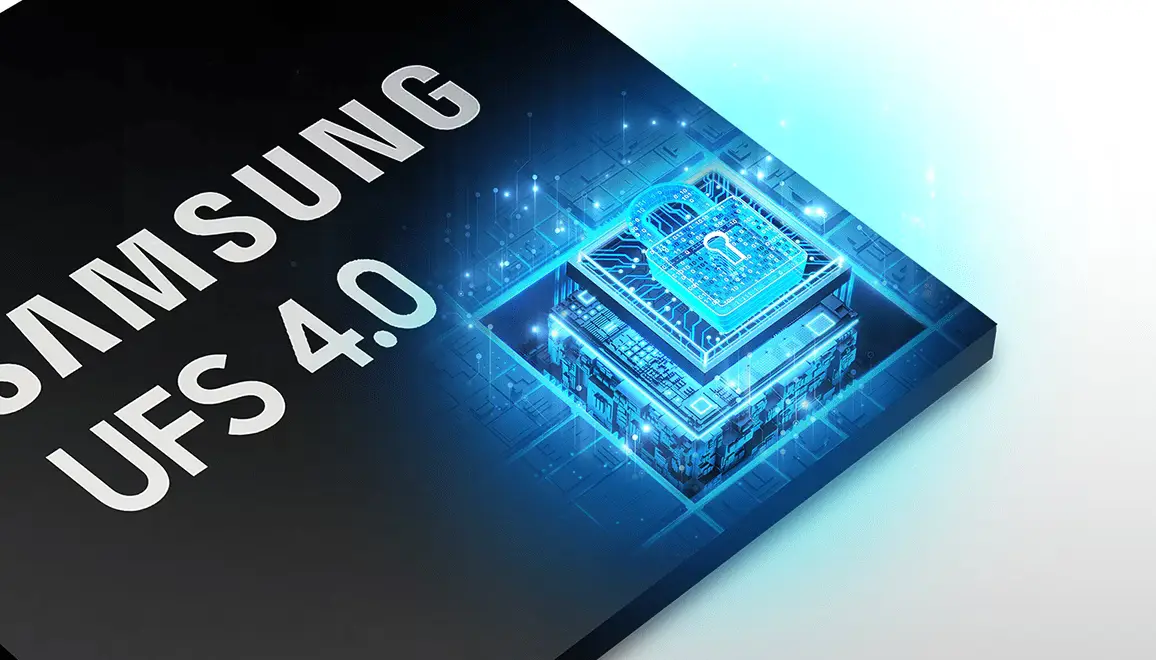Tech
Apple Could Lean On Other Brand For AI System: Here’s The Reason Behind Story

iPhone users are already waiting for the next major software update, which is iOS 18. This time, the expectations are high from Apple, as there’s already a lot of buzz around iOS 18 regarding what new changes, improvements, and upgrades it will bring. Apart from all, as expected, it could be a major upgrade for Siri; somehow credit goes to Generative AI.
Leaks and rumors are roaming around that Apple is actively gearing up for AI in iOS 18. The reports are reporting that Apple built its generative AI codenamed Apple GPT, but for this, the giants might use another brand’s system. The higher possibilities are from Google’s Gemini, ChatGPT of OpenAI, and Anthropic.
Although it is expected that Apple, instead of depending on another brand completely, might use a mix of its own as well as external AI for iOS 18, Here mix stands for a homogenous mixture of third-party AI, Apple’s own AI, and a hybrid approach. As mentioned above, Apple may rely on the generative AI systems of Gemini, ChatGPT, or Anthropic, and all of these would probably be cloud-based for complex tasks.
Apple’s own ‘Apple GPT’ could handle simpler tasks on the smartphones themselves and offers an improved and stronger layer of privacy as well as responsiveness. As per the reports of journalist Mark Gurman, it is reported that the Cupertino brand possibly permits the users to choose their AI assistant, the same as choosing a search engine, which means the users might get the power to choose Siri powered by AI systems; for instance, Gemini or ChatGPT.
It’s pretty obvious that running powerful AI needs a lot of resources, but it seems that initially, Cupertino giants might want to avoid this. However, permitting users to choose between their AI assistants sounds unusual for Apple, but undoubtedly it could be advantageous for it in terms of revenue. The way Google pays Apple to be the default search engine, it’s quite possible that other AI brands could also pay Apple to be the preferred assistant on iPhones. Plus, this trick could also reduce costs. For instance, maintaining powerful AI requires a lot of resources, so by using a third-party system, Apple can easily tackle things.
In short, the benefit behind this planning by Cupertino giants is that it avoids headaches in many ways, such as building AI for different regions, which is complex enough. Conversational AI can also be tricky regarding privacy and ethics.
Apart from all this, nothing more reports have come to light, but it is expected that at WWDC 2024, more details regarding Apple’s AI plans and how third-party assistants might work will be revealed.
Tech
Google And Samsung Partnering Together On AI For Android & Galaxy Phones

Google and Samsung are coming together as their partnership goes beyond Android. On one side, Pixel smartphone devices use Samsung-manufactured Tensor chips; on the other hand, Smsung’s flagship Galaxy smartphones have AI features, like Circle to Search, noticeably before even the Pixel 8 series got this novelty.
In the report it is being unveiled, Rick Osteroh, SVP of platforms and devices at Google, stated that the brand’s “partnership has never been stronger.” A post on X shared by @rosterloh pointed to a positive meeting between TM Roh and @SamsungMobile leadership. It highlights a strong partnership between both and excitement about future collaborations, particularly in the area of AI.
Following the statement, he also attached a selfie with TM Roh, president and head of MX Business at Samsung Electronics.
Then, @SamsungMobile reposted Osterloh’s post and teased that both brands are actively working on expanding the functionalities of AI features for Android and Galaxy devices to enhance Galaxy experiences.
Google has already announced at the last Galaxy Unpacked event, back in January in San Jose, that the Samsung Galaxy S24 series will use Gemini AI models to power the forthcoming AI capabilities in the applications and services built by the Korean giant. The brand also brought new functionalities for Google Messages and Android Auto, powered by Gemini Nano.
For enhancing the summarizing facility, Samsung’s Smarter Notes, Voice Recorder, and Keyboard applications use the AI model Gemini Pro, whereas the Galaxy S24 series smartphones use Imagen 2 text-to-image technology to offer “Generative Edit” features in the Gallery application for upgrading photo editing.
Tech
Samsung Laptops Might Embrace Qualcomm’s New Snapdragon X Chip

Finally, Qualcomm has debuted its new ARM-based processor, the Snapdragon X Plus, designed for laptops. We anticipate Samsung to incorporate this chipset into its upcoming laptops.
However, this new chipset appears a bit below the company’s high-end laptop chipset, the Snapdragon X Elite, which was unveiled a few months ago and is expected to be used in Samsung’s forthcoming Galaxy Book 4 Edge.
The Snapdragon X Plus is a 4nm chip with a 10-core CPU. The Snapdragon X Elite and this newly launched chipset use the same Oryon CPU cores. This chipset is expected to be used in more affordable laptops running on the Windows OS. The CPU of this chipset operates at 3.4GHz, while the Snapdragon X Elite clocks at 3.8GHz.
Snapdragon X Plus’ integrated Adreno GPU has 3.8 TFLOPS of power, which could be equivalent to the Intel Core Ultra 7 series. The noticeable thing that remained constant in this new chipset is its NPU, which still offers 45 TOPS performance for on-device AI inference, similar to the Snapdragon X Elite.

This qualifies the chip as an AI chip, according to Microsoft Copilot’s minimum requirement of 40 TOPS. The brand has assured that the Snapdragon X Plus delivers 10% faster CPU performance than Apple’s M3 chipset while running at the same power. On the other hand, the Snapdragon chip claims to be 37% faster at the same wattage as the Intel Core Ultra 7 155H. This chip is expected to appear in laptops and will debut in the second half of this year.
Previously, Samsung has used Qualcomm’s top-of-the-line and mid-range Snapdragon chipset in its ARM laptops, and the giant has already unveiled that the forthcoming Galaxy Book 4 Edge will use the Snapdragon X Elite. Given this fact, it is quite possible that the brand could launch a more affordable Galaxy Book 4 series laptop with the Snapdragon X Plus.
Tech
Here’s The Key Fact Why UFS 4.0 Memory Just Got Faster

The fact is, other storage facilities can’t replace the device’s local storage; it remains an essential factor yet.
Despite cloud storage, smartphone storage remains crucial, and UFS 4.0 makes phone storage faster than ever before, but the fact is there is always room for improvement. The latest UFS chipsets run at the same speed as an SSD; however, a brand founded by Toshiba has managed to make the UFS 4.0 standard even more efficient.
Kioxia is a Japanese multinational computer memory manufacturer that develops, produces, and sells flash memory and SSDs, and now it has recently introduced chips that arrive with storage capacities of 256 GB, 512 GB, and 1 TB.
Kioxia Revs Up UFS 4.0 Memory Standard
The brand has now revealed the THGJFMT1E45BATV, THGJFMT2E46BATV, and THGJFMT3E86BATZ chips that offer 50% faster random writing in an 18% smaller area. The chips have their particular size based on their storage capacities, which are mentioned below:
- 256GB and 512GB chips: 9.0 x 13.0. x 0.8mm
- 1TB chip: 9.0 x 13.0 x 0.9mm
Kioxia has equipped the new UFS 4.0 chips with BiCS Flash 3D NAND, making them 18% smaller as compared to the previously announced 11 x 13mm chips. The write speed of the new UFS chips has been boosted by 15%, and the random write speed has increased by as much as 50%, with a 30% rise in random read speed as well, although the maximum read limit remains unchanged at 4.640 MB/s.
It is also announced that the production of the 256GB and 512GB variants of these new UFS chips will begin by the end of this month, whereas the 1TB variant will go into production in June.












